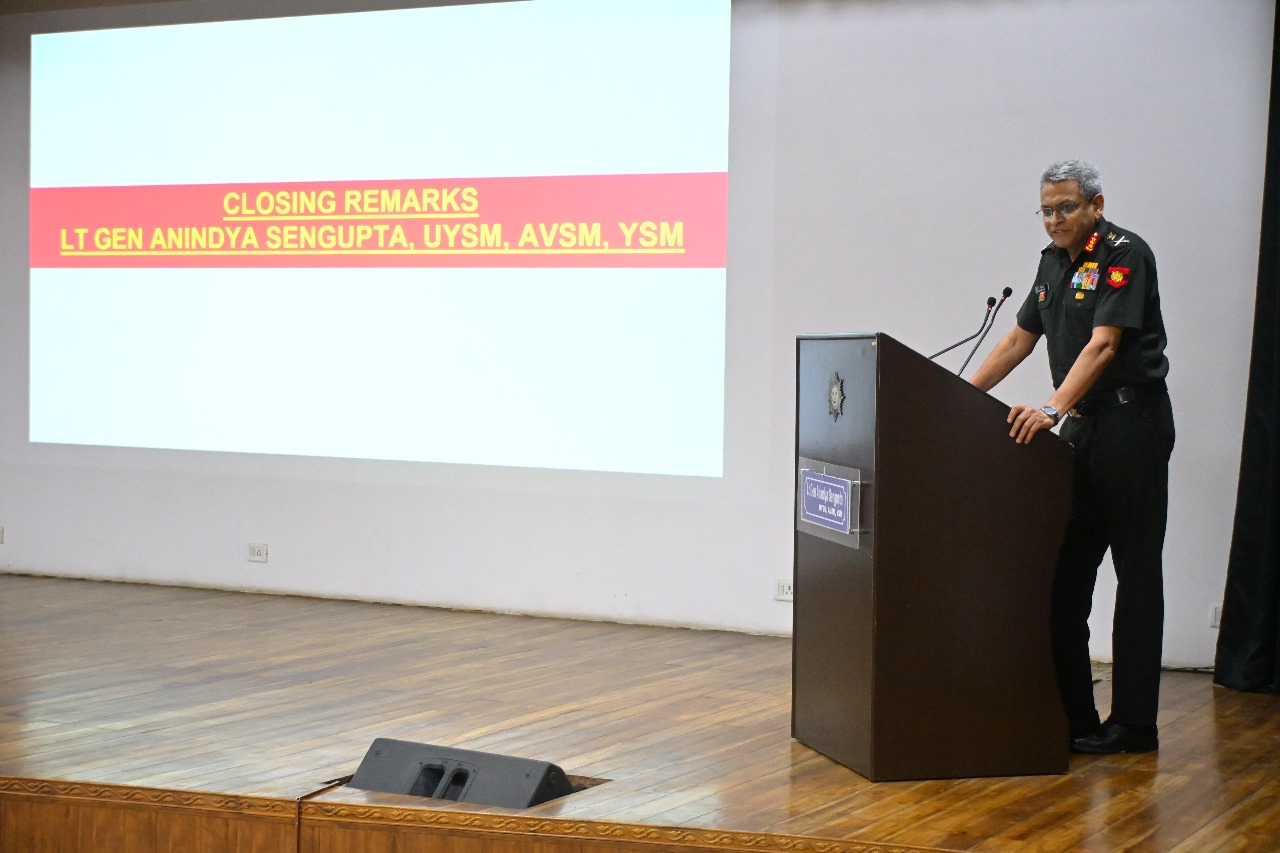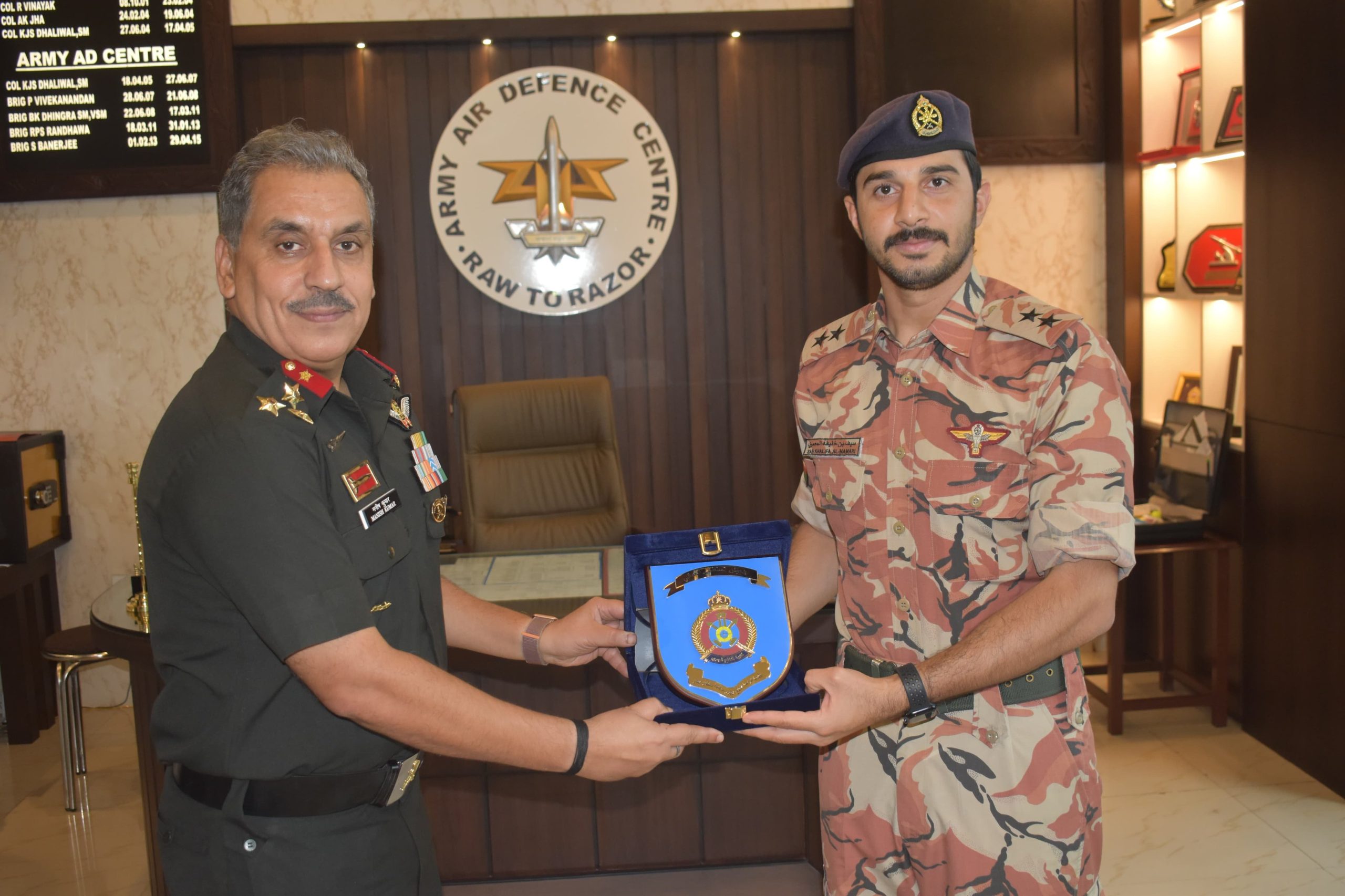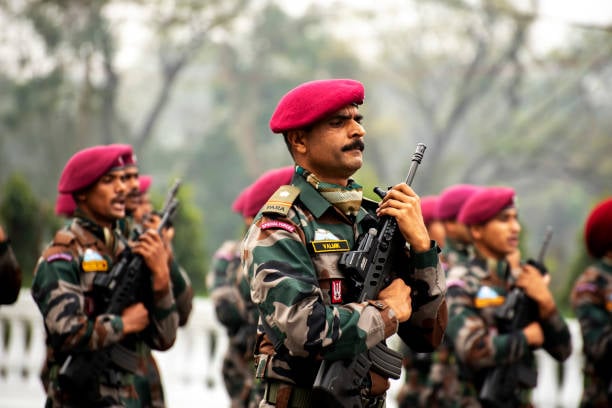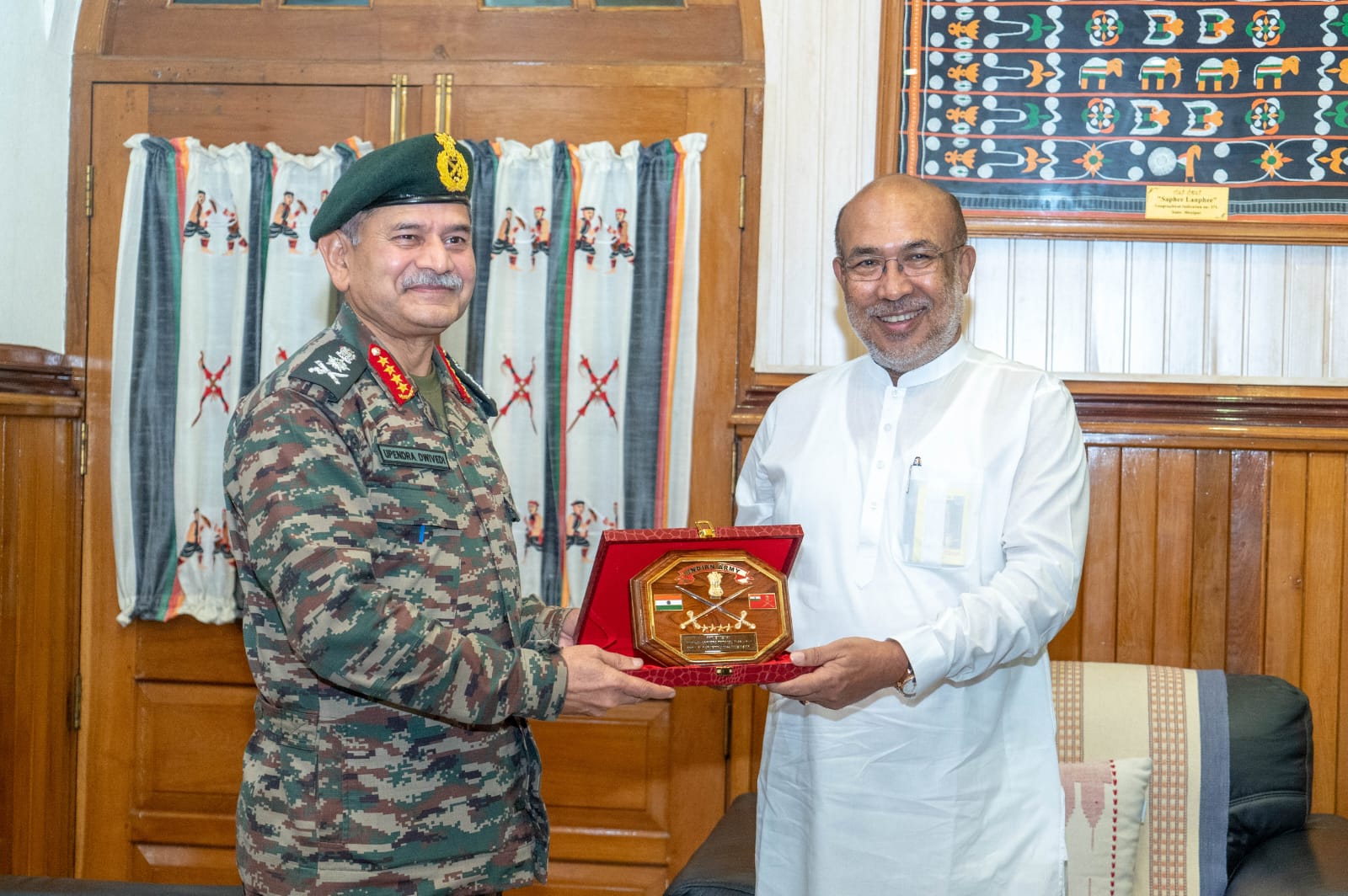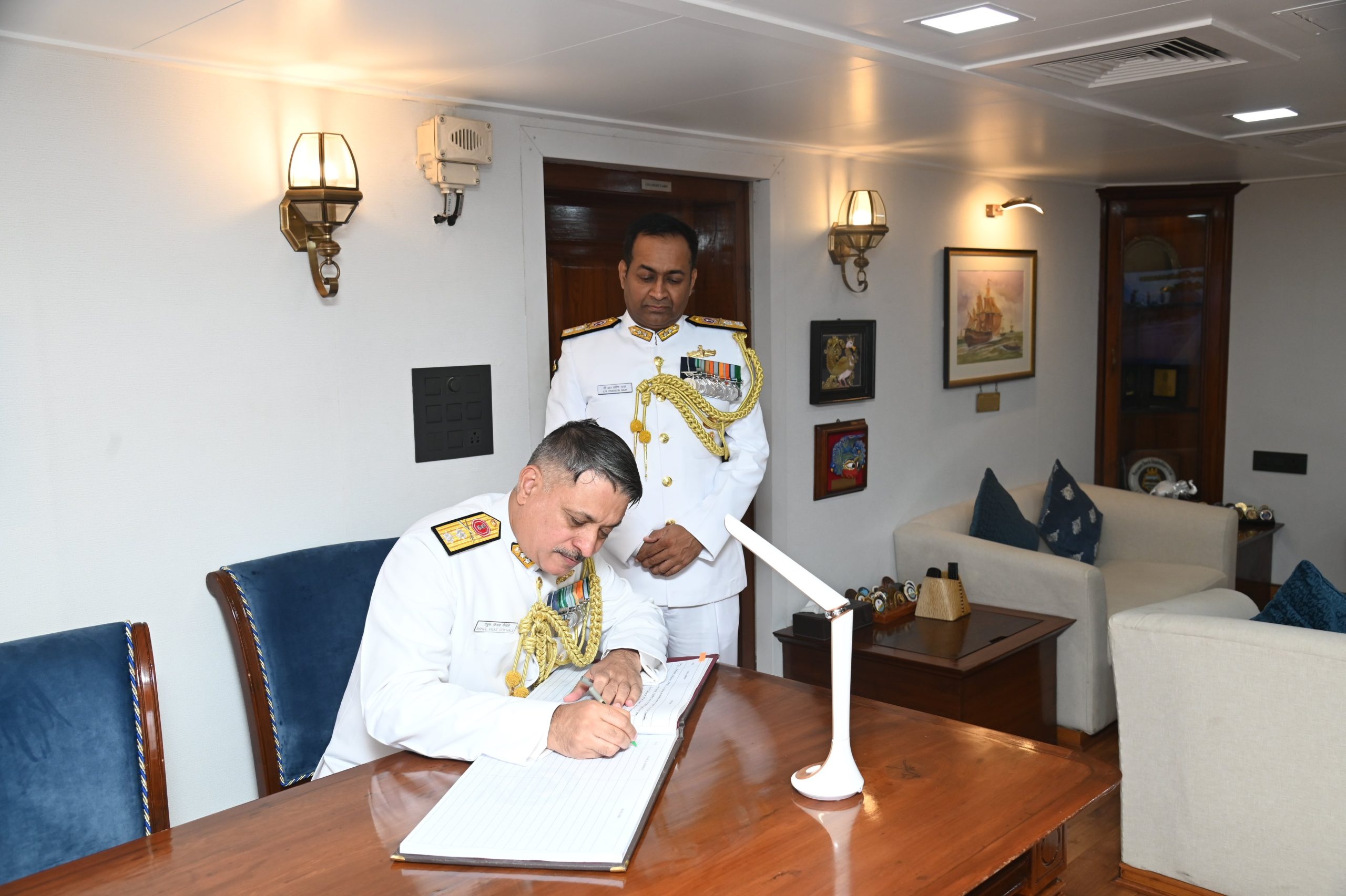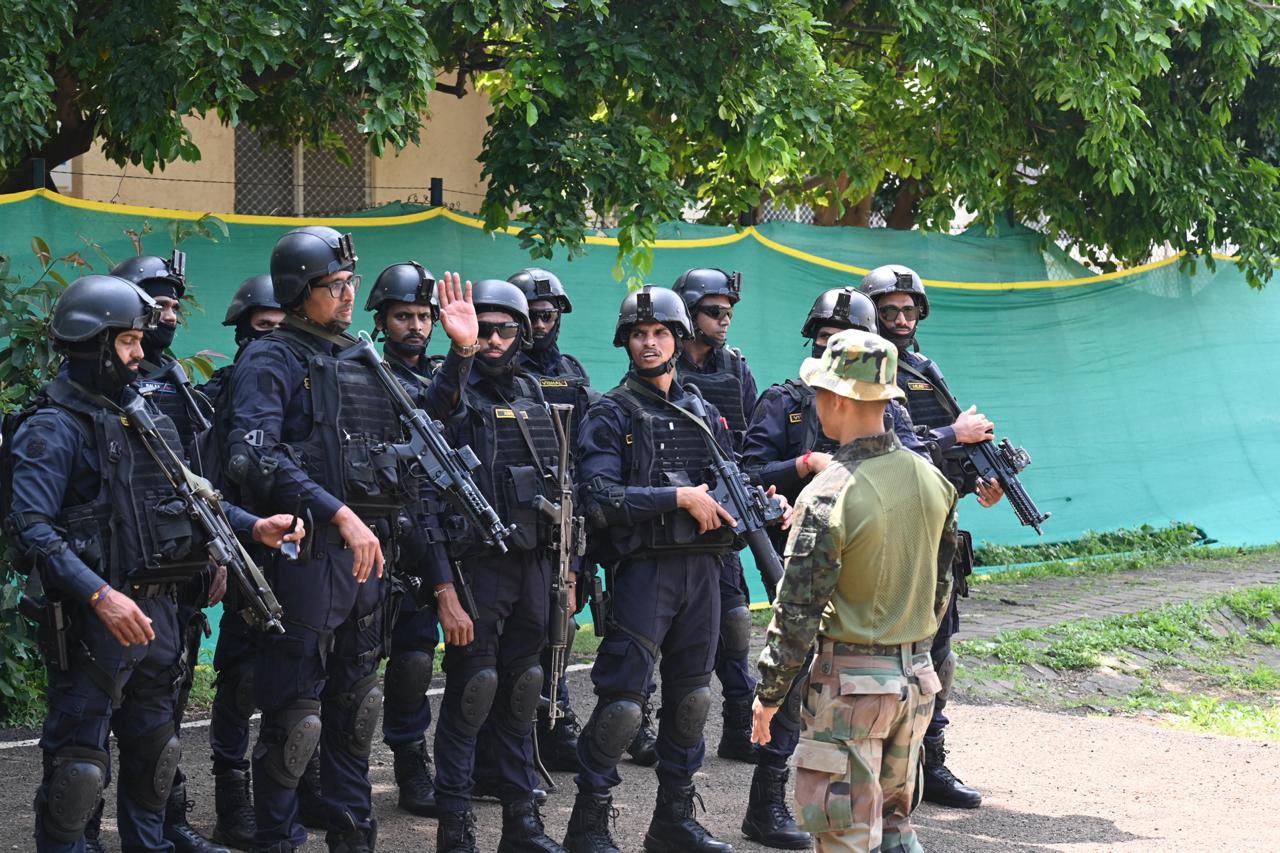Central Command Hosts “Tech Vista” Seminar to Explore Technological Landscapes of India and China
On August 24, 2024, the Central Command of the Indian Army organized a significant seminar titled "Tech Vista - Mapping…
Royal Oman Army Delegation Visits Army Air Defence Centre in Gopalpur
A four-member delegation from the Royal Oman Army recently visited the Army Air Defence Centre in Gopalpur as part of…
Indian Army Salary 2025, Allowances, In Hand Salary, Pay Scale and Benefits
The Indian Army, one of the most respected and esteemed military forces globally, has long been a beacon of honor,…
General Upendra Dwivedi Discusses Security with Manipur Chief Minister N Biren Singh
General Upendra Dwivedi, the Chief of Army Staff (COAS), recently held a significant meeting with Shri N Biren Singh, the…
Rear Admiral Rahul Vilas Gokhale Takes Command of the Western Fleet
In a significant leadership transition within the Indian Navy, Rear Admiral Rahul Vilas Gokhale assumed command of the Western Fleet…
15 Assam Regiment and Maharashtra Police’s Force One Conduct Groundbreaking Joint Mock Exercise
In a remarkable display of inter-agency collaboration, the 15 Assam Regiment of the Indian Army teamed up with Maharashtra Police's…

